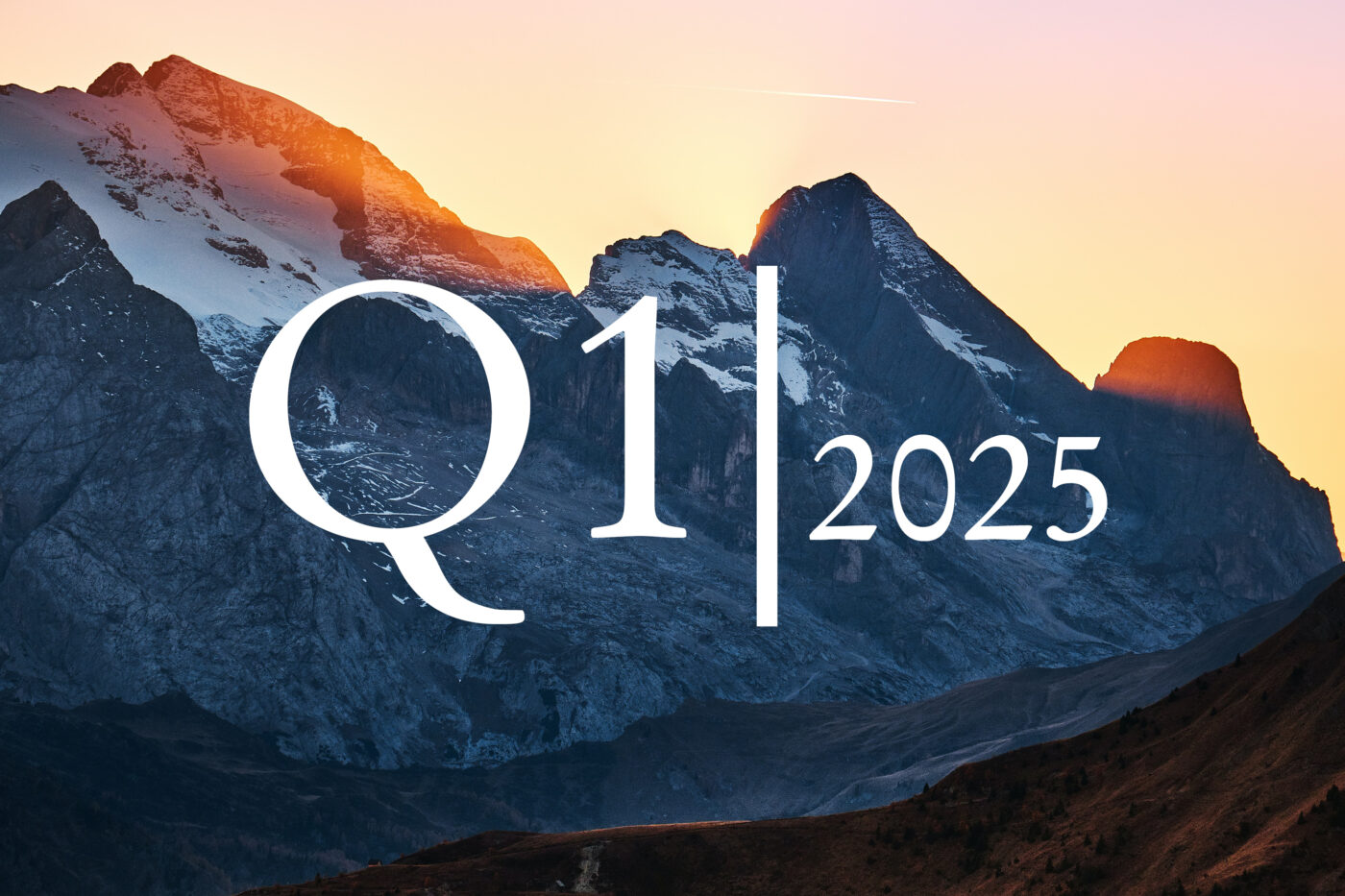In a nutshell
Earnings growth expectations close to zero are probably realistic for 2023. 2024 should be better, but the consensus expectation of double-digit growth seems high.
The threat of liquidity withdrawal is likely to cap valuations in the coming months.
We see an increased risk of a setback in Q3, but the downside potential is likely to be limited due to positioning. EM equities could surprise positively.
Heterogeneous equity market performance in Q2
While European equities stayed flat in the second quarter – after the massive outperformance in Q1 and Q4 last year – Japanese and US equities performed more favourably. Japanese equities gained more than 9%, driven by strong inflows from international investors. Meanwhile, US equities and our preferred growth stocks benefited from AI euphoria. The USD appreciation also helped euro investors.
Wide spread in Q2 – Eastern Europe, Japan and US large caps ahead, small caps and EM Asia behind
Optimistic profit expectations for 2024
The stabilisation of earnings expectations also helped. The Q1 reporting season surprised positively. This was well received by the markets, especially because expectations were very low beforehand. However, the consensus still expects a profit recession for Q2 and part of Q3 before a return to positive profit growth in Q4. Profit growth should be positive overall in the industrialised nations in 2023 and 2024 despite ongoing recession concerns. Analysts expect earnings growth of just under 10% in 2024. For emerging markets, the consensus assumes an even stronger recovery in 2024 after a profit recession this year. However, rising corporate wages and refinancing costs, together with a likely decline in pricing power due to disinflation and the lack of a strong China recovery so far, are likely to limit earnings growth – especially for a large share of cyclical companies. While we are also more positive about 2024 than 2023, it will not be easy for companies to outperform the optimistic forecasts for 2024.
Only little room for improvement in terms of valuation
Despite increasing quantitative tightening by central banks, there has recently been a valuation expansion. The forward P/E ratio for the S&P 500 has risen from 17 to 20 since the beginning of the year, with volatile but almost unchanged 10Y Treasury yields. This means US equities are now again highly priced relative to their own history and relative to bonds. European equities are still cheap relative to their own history despite the YTD rally. In terms of valuation, there should be hardly any room for improvement this year, especially since some valuation-insensitive strategies such as CTAs are now already more clearly invested in equities again. Moreover, the strong withdrawal of liquidity over the summer is not likely to help valuations either.
Increased risk of setbacks over the summer
The markets have recently been supported by only a few stocks, especially in the US. US small caps as well as the equally weighted S&P 500 have gained only slightly since the beginning of the year. The low market breadth does not signal high investor conviction and, along with restrictive central bank policies and negative leading economic indicators, continues to call for caution. Among equity regions, emerging markets are likely to exhibit the biggest positive surprise potential. Investor sentiment and earnings expectations tend to be negative here. However, if, contrary to expectations, China were to recover more strongly, albeit later, this would catch many investors on the wrong foot. For example, the Chinese government could feel compelled to stimulate more strongly in H2. The same applies if geopolitical tensions between China and the US subside. The strong outperformance of European versus US equities since October could at least pause. On the one hand, many investors in Europe are already more strongly positioned, also because they have used Europe as a proxy trade for China. On the other hand, the Fed is likely to be further along in the tightening cycle than the ECB and will therefore start to ease monetary policy more quickly. Moreover, recent economic data in Europe have surprised more negatively than in the US. US equities are also benefiting much more than European equities from the AI boom. However, the relative valuation still speaks in favour of Europe. Overall, we consider both the upside (fundamental) and downside (positioning) potential for equities to be limited. After a setback over the next few months, there could be a recovery at the end of the year when the market looks towards 2024.
Rising equity (valuations) despite unchanged high interest rates
Net return indices for MSCI Europe (EUR) and MSCI USA (USD) normalised, 03/01/2022 = 100, as well as yields on 10-year US government bonds
Forecast overview: Sideways trend until year-end
Berenberg and consensus forecast in comparison, values at year-end 2023 and mid-year 2024
What is on companies' minds?
Recession worries also trouble corporate leaders
It is not just investors, like us, that are on the lookout for signs of a stronger economic slowdown. At various conferences and a large number of direct meetings with the companies relevant to us, we of course also could not avoid the proverbial elephant in the room in the second quarter either. In the industrial sector, high inventories and the associated low level of new orders continue to cause problems for the majority of companies. In the consumer goods sector, it was again possible to push through price increases at the start of the year, but here, too, increasingly weak demand is becoming apparent. However, a particularly high decline has only been seen in a few cases so far. However, demand in the luxury goods sector remains strong. Despite several price increases, customers are still extremely willing to pay. In medical technology, which is important for us, companies benefited from the continuing normalisation in the health care system after years of COVID disruption. The entire sector was able to present good Q1 figures. In sub-sectors dependent on the capital markets, however, the environment remains particularly difficult. Demand for private equity products, for example, has weakened significantly and deal activity has also plummeted.
- Matthias Born, CIO Equities
Author

Ulrich Urbahn
Ulrich Urbahn has been working for Berenberg since October 2017 and is responsible for quantitative analyses and the devel-opment of strategic and tactical allocation ideas, and is involved in capital market communications. He is a member of the Asset Allocation Committee and portfolio manager of the Berenberg Variato. After graduating in economics and mathematics from the University of Heidelberg, he worked for more than 10 years at Commerzbank, among others, as a senior cross asset strate-gist. Mr Urbahn is a CFA charterholder and was part of the three best multi-asset research teams worldwide in the renowned Extel survey for many years.



